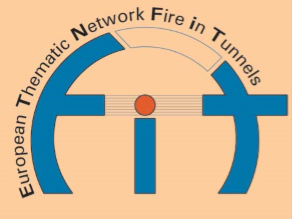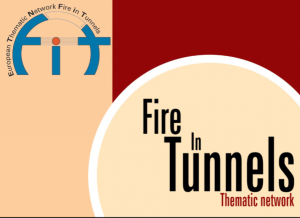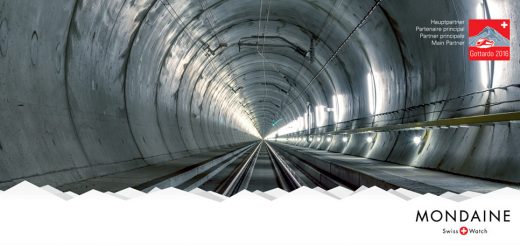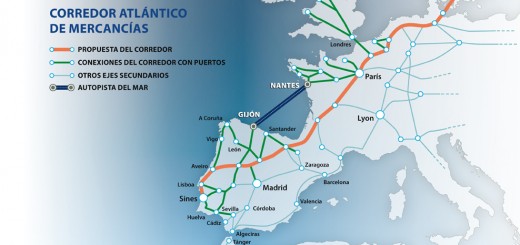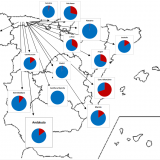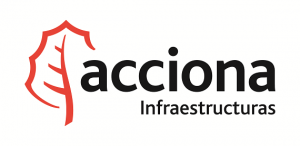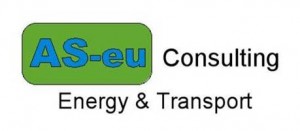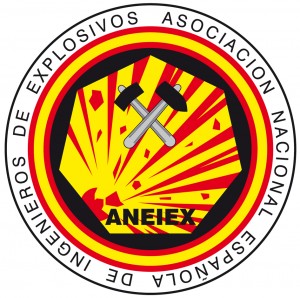La PTTP difunde el estudio apoyado por la comisión europea «FIRE IN TUNNELS, THEMATIC NETWORK», en el que no se recomienda la ventilación longitudinal (ventiladores de chorro) en los grandes túneles ferroviarios
El estudio realizado sobre la seguridad en túneles ferroviarios por la «European Thematic Network, fire in tunnels» , aborda el tema de la ventilación y de la extracción de humos en los grandes túneles ferroviarios . En países con los túneles mas importantes de Europa, el informe concluye:
- ITALIA:(2.2.5) Based on the results of studies conducted internationally(Memorial Tunnel in Baltimore in the U.S., Project Eureka Fire-tun. inEurope), the idea of longitudinal ventilation of tunnels does not seem practicable, since the parameters that come into play are numerous and difficult to manage. In many cases, the effect of this kind of ventilation has not only been ineffective, but even counterproductive, creating a “backlayering” effect. …..the presence of forced ventilation equipment inside tunnels is thus not required, due to its limited effectiveness and the impossibility of it working in the geometry existing tunnels.
– (3.1.6)…Appropriate technical solutions should be adopted in order to keep exit passages smoke-free. Suitable measures, pertaining to railway tunnels, must be examined.
- SUIZA:This aspect is not considered by the regulations listed in chapter 1.However, according to recent information: – in double-tubes, exit passages and cross-connections shall be maintained in overpressure; – in major tunnels, longitudinal ventilation systems have never been foreseen
La conclusión es que la ventilación longitudinal, es decir, a base de sucesivos ventiladores de chorro instalados a lo largo de los túneles, no es recomendable.
La PTTP se ha dirigido a ADIF sobre el esquema de ventilación que se propone adoptar en los túneles principales de la variante de Pajares, sin tener respuesta hasta el momento. La PTTP considera que en Asturias se dispone de expertos en seguridad y ventilación de obras subterráneas y que podrían hacer una aportación constructiva a la solución que finalmente se proponga para aprobación a la Agencia Estatal de Seguridad Ferroviaria.
